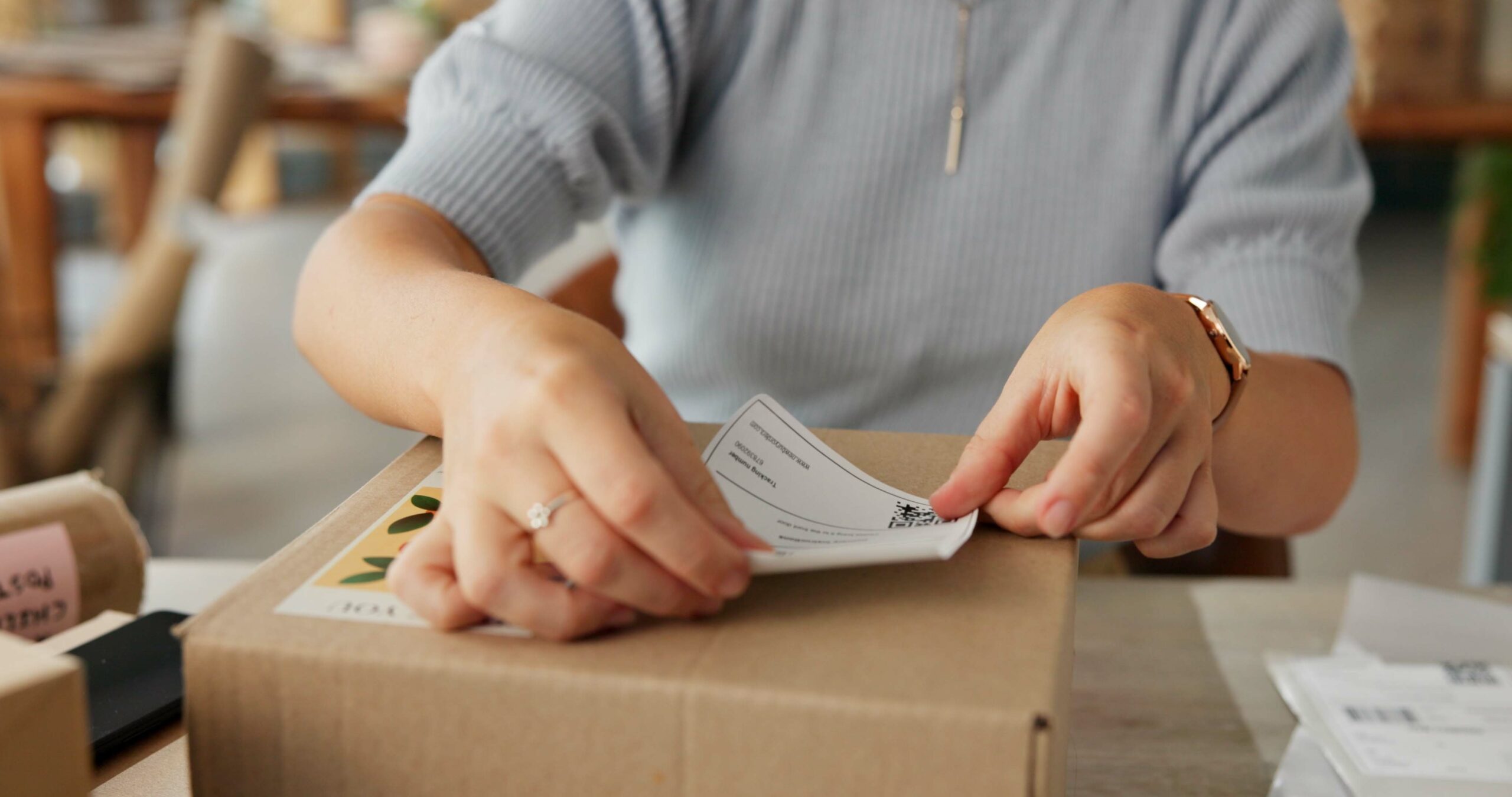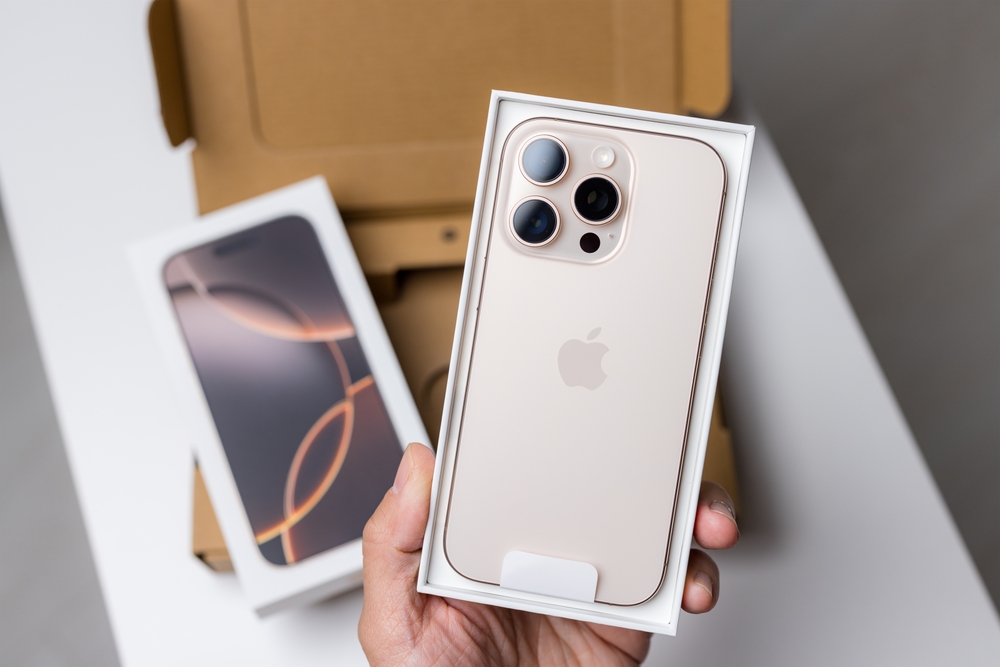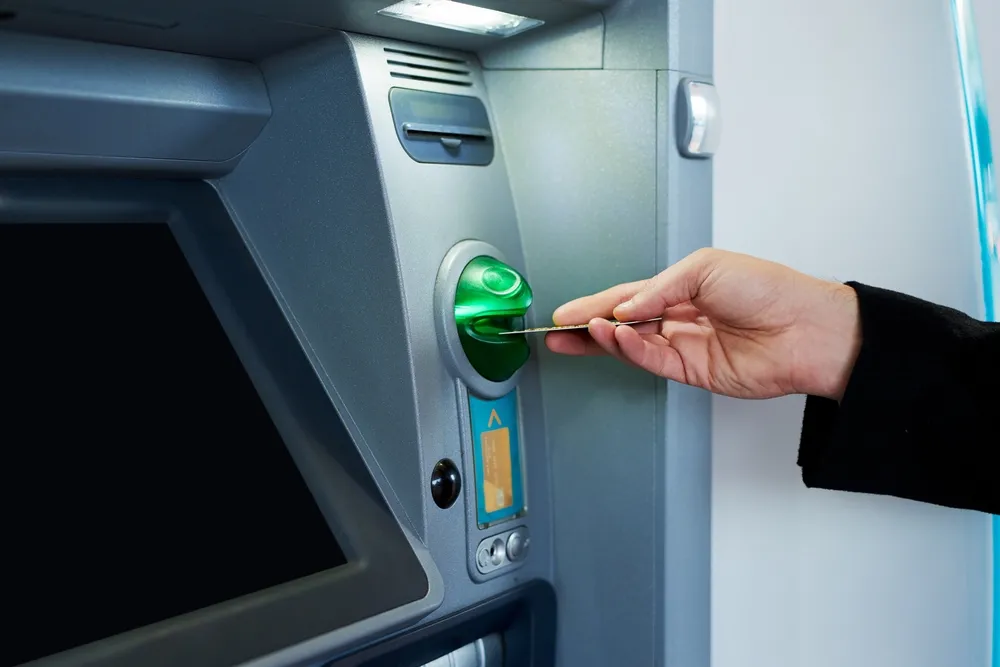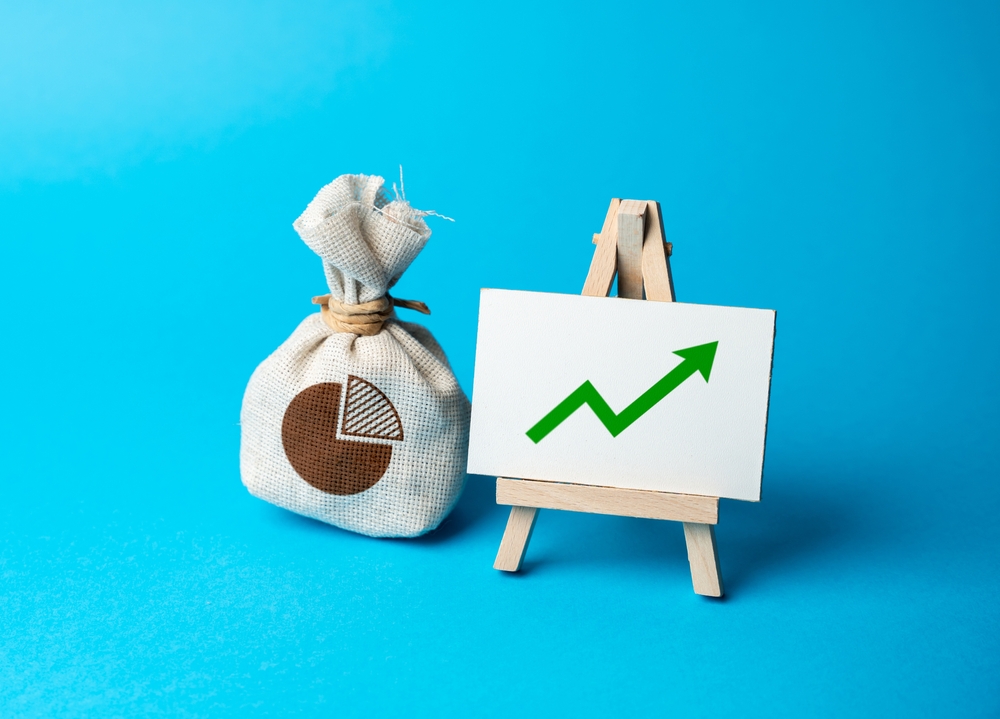It’s often the little things left unchecked that can quietly snowball, impacting our wallets more than we might realize. From that extra cappuccino to the unused gym membership, these small expenditures may appear benign but have the power to shape your financial future. So, let’s dive into these 13 tiny spending habits and discover how, with a few mindful adjustments, you can transform your financial health over time. It’s time to get savvy with your spending and embrace habits that align with both your budget and your best life.
1. Coffee Shop Stops

Stopping by your favorite coffee shop for a daily caffeine fix is a cherished ritual for many. But did you know the habit could cost you a small fortune annually? According to a study by Acorns, the average American spends approximately $1,100 a year on coffee. While it’s tempting to indulge in a barista-made latte, consider brewing your own at home. Not only does this save money, but it also gives you the chance to experiment with flavors and brewing methods that suit your taste.
Beyond the financial implications, there’s also an opportunity to make your coffee habit more sustainable. Bringing your own reusable cup not only helps the environment but often garners you a small discount at many cafes. Additionally, cutting down on daily trips can reduce your carbon footprint, contributing to a more eco-friendly lifestyle. It’s a small change, but when multiplied over time, it makes a significant impact. Remember, every cup counts toward a more conscious you.
2. Unused Subscriptions

In the age of streaming services and subscription boxes, it’s easy for costs to rack up without notice. A subscription here, another there, and soon you’re paying for services and products you barely use. This silent drain on your finances can be avoided with regular audits of your subscriptions. Cancel the ones you don’t use and consider downgrading plans to better suit your actual needs. By streamlining your subscriptions, you’ll likely find extra money lining your pockets each month.
In addition to financial savings, cutting back on subscriptions can declutter your digital life. With fewer services vying for your attention, you might find yourself more focused and less overwhelmed by choice. It’s not just about saving money but about reclaiming your time and energy. Consider this an opportunity to be intentional about what content and services truly add value to your daily life. A leaner subscription list can lead to a richer personal experience.
3. Impulse Online Shopping

Online shopping has become a convenient go-to, sometimes a bit too convenient for our own good. The ease of one-click shopping can lead to impulse buys that quickly add up over time. According to research by CNBC, Americans spend an average of $5,400 annually on impulse purchases. To curb this habit, try implementing a 24-hour rule: wait a day before purchasing to see if you genuinely need or want the item. This pause can prevent needless spending and help establish a more intentional shopping routine.
Moreover, being mindful of your online shopping can significantly impact your overall consumption habits. It’s not only about saving money but also about reducing waste and making more sustainable choices. Consider opting for quality over quantity, investing in items that will last. This shift in perspective can lead to a more curated and satisfying collection of possessions. Embracing patience as part of your purchasing process can transform your relationship with shopping.
4. Eating Out Often

Dining out is a delightful way to socialize and enjoy different cuisines, but it can quickly become a financial burden. Each meal out typically costs significantly more than cooking at home, and the expenses add up faster than you might expect. It’s easy to fall into the habit of grabbing lunch or dinner on the go, especially with the convenience of food delivery apps. However, these frequent outings can stealthily sabotage your financial goals. Cultivating a habit of meal planning and home cooking can be a game-changer for both your wallet and your waistline.
Cooking at home doesn’t have to be mundane or time-consuming. With a bit of planning, you can create meals that are both delicious and cost-effective. Try dedicating a day each week to preparing meals in advance, making weeknight dinners easier and more accessible. Not only will you save money, but you’ll also gain a deeper appreciation for the food you prepare and consume. Plus, with homemade meals, you have full control over the ingredients, leading to healthier eating habits.
5. Expensive Gym Memberships

A gym membership can be a valuable investment in your health, but only if you’re actually using it. Many people sign up with the best intentions, only to find that their visits dwindle over time. The International Health, Racquet & Sportsclub Association reported that 63% of gym memberships go unused. Before committing to a costly membership, assess your actual usage and consider alternatives like at-home workouts or outdoor exercises. These can be just as effective and often free, or at least significantly cheaper.
Finding a fitness routine that suits your lifestyle and budget can lead to lasting health benefits. With the wealth of online resources available, you can explore various types of exercise from the comfort of your home. Whether it’s yoga, strength training, or dance, there’s likely a community and program waiting for you. This flexibility allows you to adapt your routine as your preferences and circumstances change. Save on gym fees while still prioritizing your physical well-being.
6. Buying Brand-New Tech

Gadgets and technology are ever-evolving, with new models and updates constantly hitting the market. While it’s tempting to purchase the latest version of your favorite device, this habit can be a significant financial drain. Instead, consider whether you genuinely need the newest model or if your current device still meets your needs. Often, the updates between versions are minimal and don’t justify the additional cost. Opting for refurbished gadgets can also be a more sustainable and budget-friendly choice.
By resisting the urge to upgrade constantly, you’re not only saving money but also contributing to reducing electronic waste. Electronic devices are one of the fastest-growing waste streams globally, and making conscious tech choices can lessen your environmental impact. Plus, extending the life of your gadgets presents a challenge to get creative with what you have. It’s about embracing functionality over fashion in the tech realm. This mindset shift can lead to more mindful consumption practices overall.
7. Overbuying Groceries

Shopping for groceries without a plan often leads to overbuying and, consequently, food waste. It’s a common scenario: you head to the store hungry and without a list, leading to impulse purchases and forgotten items at the back of the fridge. According to the NRDC, about 40% of food in the U.S. goes to waste, often due to over-purchasing. By planning your meals and making a shopping list, you can avoid buying more than you need and reduce food waste significantly. This small shift not only benefits your budget but also the environment.
Meal planning can seem daunting, but it becomes second nature with a bit of practice. Start by cataloging what you already have and planning meals around those ingredients. This approach ensures you’re using up what you have before buying more. It also encourages you to try new recipes and flavors, making each shopping trip an opportunity for culinary exploration. Ultimately, a disciplined approach to grocery shopping fosters a more sustainable and economical household.
8. Hidden ATM Fees

Convenience can come at a cost, especially when it involves frequent ATM withdrawals with hefty fees. These charges might seem negligible individually, but they can quietly accumulate over time. By planning your cash needs more strategically, you can avoid unnecessary fees that banks often impose. This might mean withdrawing larger amounts less frequently or choosing ATMs within your bank’s network. A little foresight goes a long way in keeping more of your money where it belongs: in your pocket.
Aside from the cost savings, being mindful of ATM fees can also lead to smarter budgeting. When you rely less on random cash withdrawals, you’re more likely to stick to a planned budget. This approach encourages you to think critically about your spending, paving the way for more informed financial decisions. In turn, this habit can lead to a more organized and efficient approach to managing your money. Every dollar saved on fees is a step closer to financial security.
9. Unused Gift Cards

Gift cards are a popular gift choice, yet many remain unused, collecting dust in drawers or wallets. It’s estimated that billions of dollars in gift cards go unspent each year as people forget about them or simply don’t find the right opportunity to use them. These unused cards represent a lost opportunity for free spending. Regularly reviewing and organizing your gift cards can help ensure they’re used before they expire or fees eat away at their value. Turning them into purchases you already planned on making can effectively bolster your budget.
Utilizing these cards doesn’t just benefit your wallet; it also offers a chance to explore new places or products you might not have considered otherwise. Treat a gift card as an opportunity to try a new restaurant or indulge in a little self-care. It’s a way to unlock experiences without dipping into your hard-earned cash. Plus, using them timely prevents them from becoming obsolete or at risk of being lost. In this way, gift cards turn into a resourceful financial tool rather than a missed opportunity.
10. Little Personal Indulgences

Self-care is vital, but the concept of ‘treating yourself’ can sometimes get out of hand financially. It’s all too easy to justify frequent small indulgences, thinking they’re harmless. However, when these little treats become a regular habit, they can significantly impact your finances. Whether it’s a weekly spa visit or a constant stream of new clothes, these extras can add up. Finding balance is key, allowing yourself occasional indulgences while keeping an eye on your long-term goals.
To maintain this balance, consider setting a monthly budget for personal treats. This way, you can enjoy your indulgences without guilt, knowing they fit within your financial plans. Prioritizing what matters most to you can help you spend more intentionally. It might mean swapping a regular manicure for a monthly massage or cutting back on takeout in favor of a quarterly concert ticket. The point is to find joy in your spending while staying true to your budget.
11. Buying Bottled Water

Purchasing bottled water might seem like a minor expense, but it quickly adds up to a substantial sum over time. With prices ranging from a dollar to several, depending on the brand, these costs can become significant when accumulated over the year. Investing in a quality reusable water bottle can drastically reduce this expense. Not only is it more cost-effective, but it’s also an environmentally friendly choice. Filling up from home or using a water filter means you’re contributing to less plastic waste.
Switching to reusable water bottles also encourages better hydration habits. When you have access to water at all times, you’re more likely to stay hydrated throughout the day. This simple change can improve your physical well-being and increase your energy levels. Moreover, reusable bottles often come with features like insulation or infusers, enhancing your drinking experience. It’s a small change with significant benefits for both your health and the planet.
13. Ignoring Your Investments

Sometimes, it’s easy to overlook the power of small investments in favor of more significant, seemingly impactful opportunities. However, these minor investments, when compounded over time, can lead to considerable wealth. Even modest contributions to savings accounts or retirement funds can grow substantially thanks to compound interest. By setting aside a small amount regularly, you’re building a financial cushion that benefits you in the long run. The key is consistency, making it a part of your monthly routine.
In addition to financial growth, small investments can serve as an educational tool. They provide insight into market behavior and investment strategies without significant risk. This learning process can empower you to make bolder financial decisions as your confidence and knowledge grow. As you watch your small investments blossom, you’ll gain a deeper appreciation for the power of patience and discipline in financial planning. It’s about nurturing a growth mindset, both financially and personally.
This article is for informational purposes only and should not be construed as financial advice. Consult a financial professional before making investment or other financial decisions. The author and publisher make no warranties of any kind.








